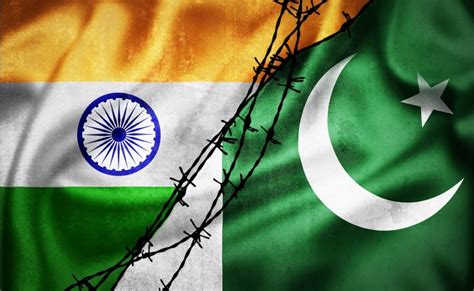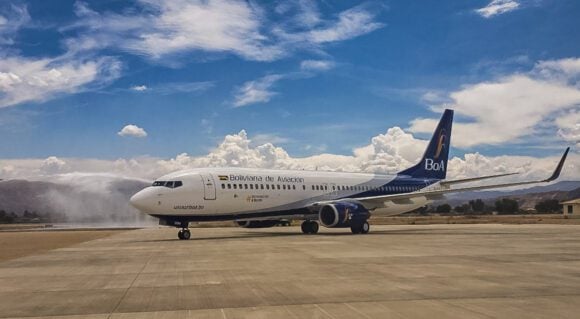
india pakistan
India inhabits a complex and often hostile neighbourhood, bordered by a volatile, terror-ridden Pakistan on one side and an expansionist China on the other. Ironically, this week, Pakistan created significant challenges for Indian airlines, even as China opened up unexpected opportunities. See our initial report here.
In a brutal attack, fewer than half a dozen terrorists targeted over two dozen Hindu tourists, including honeymooning couples, visiting Kashmir’s picturesque Pahalgam meadows. The victims were reportedly forced to remove their pants and recite Islamic verses at gunpoint. When they failed, they were shot in the head. The terrorists, much like Osama bin Laden — who was infamously sheltered by Pakistan — were believed to have Pakistani backing, given the proximity of the attack to the border.
As anger surged across India, the government suspended provisions of the Indus Waters Treaty, a decades-old accord that had survived even during full-fledged wars between the two countries. The treaty, signed in 1960 under World Bank auspices, essentially gives Pakistan control over most of the rivers flowing from India into Pakistan’s Punjab.
Prime Minister Narendra Modi’s 2016 declaration that “blood and water cannot flow together” went viral again across social media.
In retaliation, Pakistan swiftly banned Indian aircraft from its airspace. This move has immediate and severe implications for flights from Delhi to West Asia, Europe, and North America, operated by airlines such as Air India and IndiGo. These flights must now detour south toward Mumbai, over the Arabian Sea, and then past Muscat — substantially increasing fuel burn and flying time.
Unlike Air India, IndiGo — which operates only a small fleet of widebody aircraft — announced cancellations on select routes.
“Due to the closure of Pakistan’s airspace, circa 50 international routes operated by IndiGo will require longer sectors and hence may be subject to some slight schedule adjustments,” the airline said in a statement. “With the same restrictions and limited rerouting options, unfortunately Almaty and Tashkent are outside the operational range of IndiGo’s current fleet.”
But the impact is especially acute for Air India’s long-haul flights. Flights such as Delhi to New York, which take around 16 hours, will be extended by an additional four hours. Many Air India flights to the US now show a stopover in Mumbai, pushing total travel time to around 21 hours — compared to United Airlines’ direct service clocking just 16 hours and 20 minutes.
Previously, Air India enjoyed a crucial advantage by flying over Russian airspace — a route closed to American carriers after Ukraine war sanctions — saving it significant time and costs. This edge, however, will now be partially eroded.
For airlines, higher flying times mean elevated operating costs. Ticket prices are likely to rise to cover these costs, and airlines may impose payload restrictions — such as carrying fewer passengers or cargo — to optimize performance on longer routes.
The last time this happened was just before the pandemic. After the 2019 Pulwama terror attack and the Indian Air Force strikes in Balakot, Pakistan had closed its airspace for nearly five months. That disruption cost Indian airlines an estimated $60 million, while Pakistan lost a similar amount in overflight fees.
There are growing concerns again that India may be preparing for a military strike — a move that could worsen aviation disruptions even further.
In his Sunday radio talk to the nation, Prime Minister Modi underlined that the blood of the nation is boiling and there will be justice.
Even as the world waits for the outcome of these escalating tensions between two nuclear-armed neighbors, a silver lining has emerged for Indian airlines — from China.
Boeing CEO Kelly Ortberg said this month, “due to the tariffs, many of our customers in China have indicated that they will not take delivery,” and that the company could redirect jets to other customers in need.
Seizing the moment, Air India has expressed interest in acquiring 10 Boeing 737 MAX aircraft that were originally built for Chinese buyers. These planes would be used by Air India Express, the carrier’s low-cost international arm, according to a Reuters report.
“Air India is very interested … if the deal goes through, the planes are expected to be added to the fleet by end of the year,” an unnamed official was quoted as saying.
For Air India, which is ramping up competition with IndiGo, this could prove to be a timely blessing in disguise.
The 100-aircraft Air India Express had expanded rapidly by acquiring white-tail planes made available during the pandemic. It had initially planned to add only 15 more aircraft by March 2026, including some transferred from Air India, largely due to ongoing Boeing delivery delays. But that strategy could shift significantly if US-China tensions continue at their current pace.
Whether the much smaller Akasa Air will benefit from this too, or whether Tata Group and Singapore Airlines-backed Air India will take away the lion’s share of these planes, remains to be seen
Views: 843



